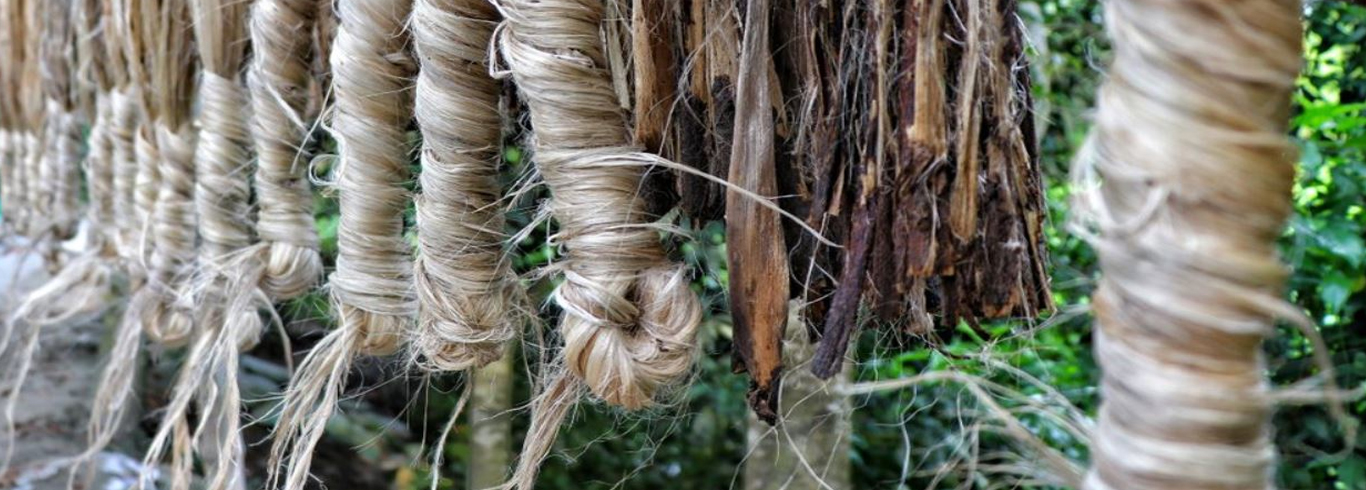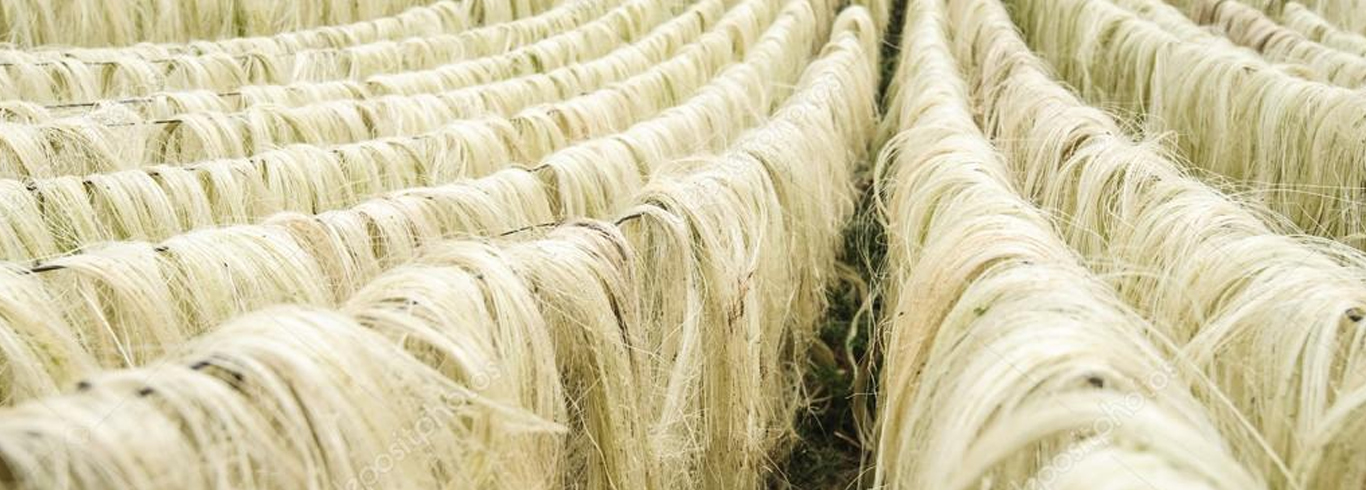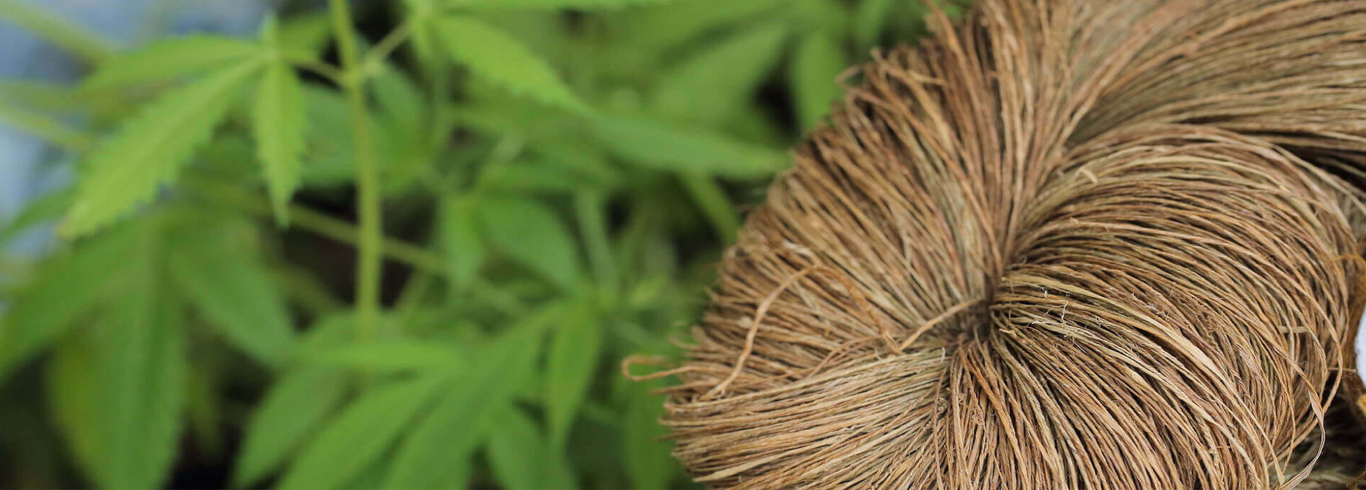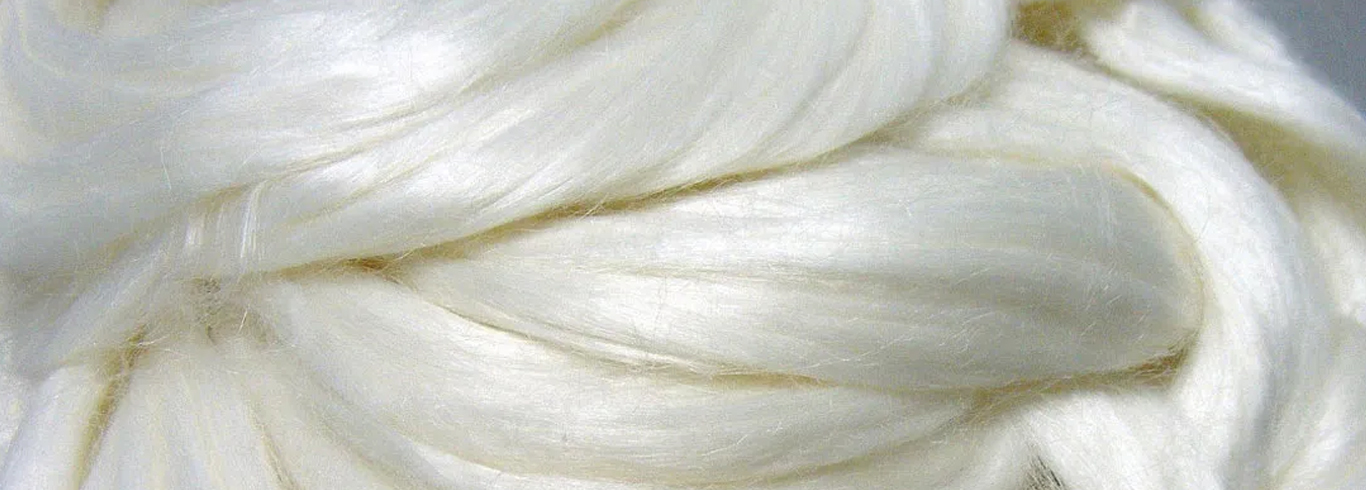Jute Fiber
Known for its coarse character due to its heavy texture. Jute has come to acquire the centre stage as an eco-friendly alternate. It is characterised by its sikly texture, high tensile strength and resistance to heat. This fiber is considered fit for use in industries as decorative,textile and made ups.






